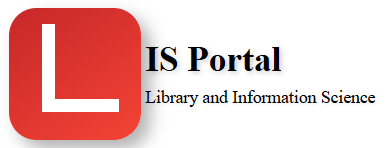Collection development
Collection development refers to the process of identifying, acquiring, and managing library materials and resources to meet the needs of the library’s users. This includes selecting, acquiring, and maintaining books, journals, databases, digital resources, and other materials that support the library’s mission and user needs.
The collection development process typically involves several steps, including:
-
Identifying user needs: Understanding the needs and interests of the library’s users is the first step in collection development. This may involve conducting surveys, focus groups, or other forms of outreach to understand what materials and resources users need.
-
Defining collection policy: Based on the information gathered about user needs, the library will develop a collection policy, which outlines the criteria for selecting materials for the collection, such as the types of materials to be collected, the formats to be acquired, and the languages to be included.
-
Selecting materials: The library selects materials that meet the criteria outlined in its collection policy, using a variety of sources, such as vendor lists, review journals, and recommendations from library users and staff.
-
Acquiring materials: Once materials have been selected, the library acquires them, either by purchasing them outright or by subscribing to them, depending on the format and vendor.
-
Evaluating and weeding the collection: Regular evaluations of the collection are conducted to assess its relevance and usefulness, and to remove outdated or no longer needed materials.
An example of collection development in the context of library and information science is the development of a collection of materials for a university library. The library may conduct a survey of students and faculty to understand their research needs and interests, and use this information to develop a collection policy that prioritizes the acquisition of high-quality, scholarly materials in a variety of formats. The library may then select materials based on this policy, acquiring books, journals, databases, and digital resources to support the research needs of its users.
Overall, collection development is a crucial aspect of library and information science, as it helps libraries to ensure that their collections are relevant, up-to-date, and useful to their users, and supports the library’s mission to provide access to information and knowledge.
there are several software solutions that support the collection development process, including:
-
Library Management Systems (LMS): These systems provide tools for managing the library’s collections, including acquisitions, cataloging, circulation, and collection analysis. Some LMSs also provide tools for collection development, such as vendor and title lists, and the ability to manage and track purchase requests and approvals.
-
Electronic Resource Management (ERM) Systems: These systems are specifically designed to manage electronic resources, such as e-journals and databases, and provide tools for acquiring, managing, and tracking electronic subscriptions.
-
Vendor Platforms: Many electronic resource vendors provide their own platforms for managing subscriptions and usage, which can be integrated with the library’s LMS or ERM system.
-
Metrics and Analytics Tools: These tools provide data and analysis on resource usage, such as usage statistics, cost per use, and user behavior, which can inform collection development decisions.
-
Interlibrary Loan (ILL) Management Systems: These systems manage the interlibrary loan process, allowing libraries to request and receive items from other libraries.
In general, software solutions for collection development provide libraries with tools for managing their collections and resources, and support the collection development process by providing data and analysis on usage and costs, and automating key tasks such as acquisitions and interlibrary loan.
